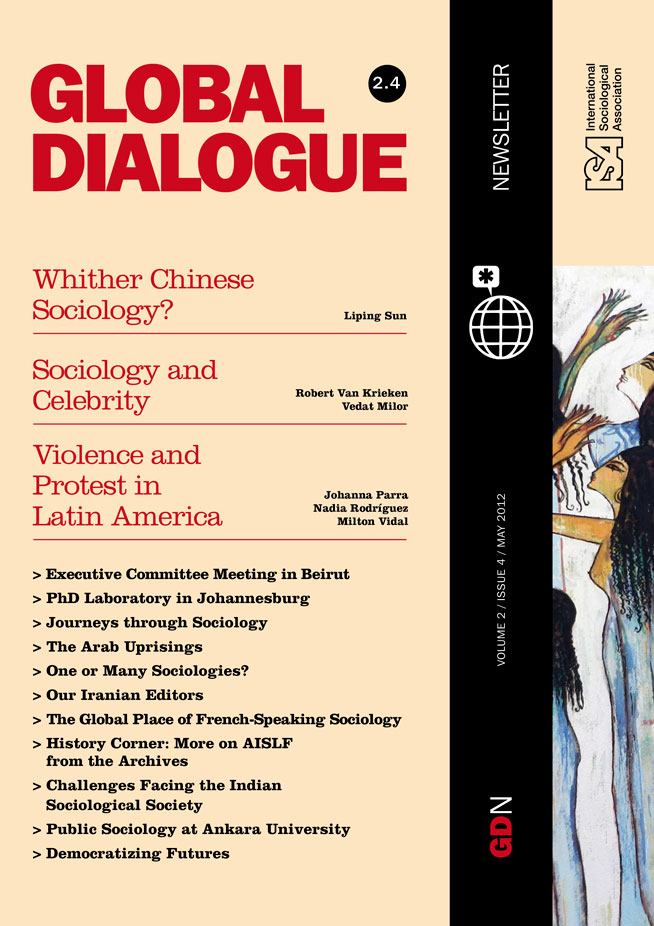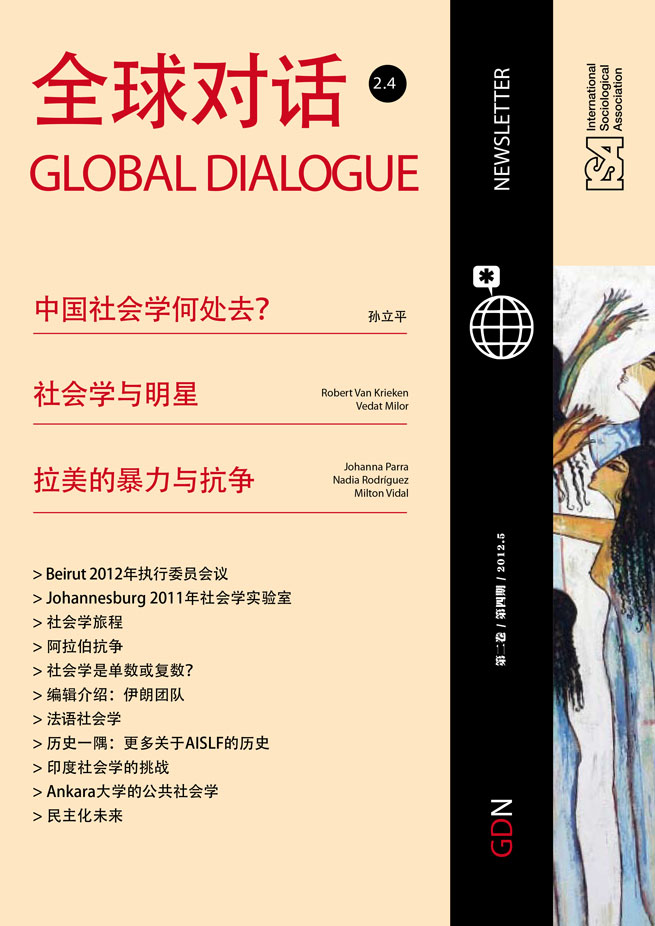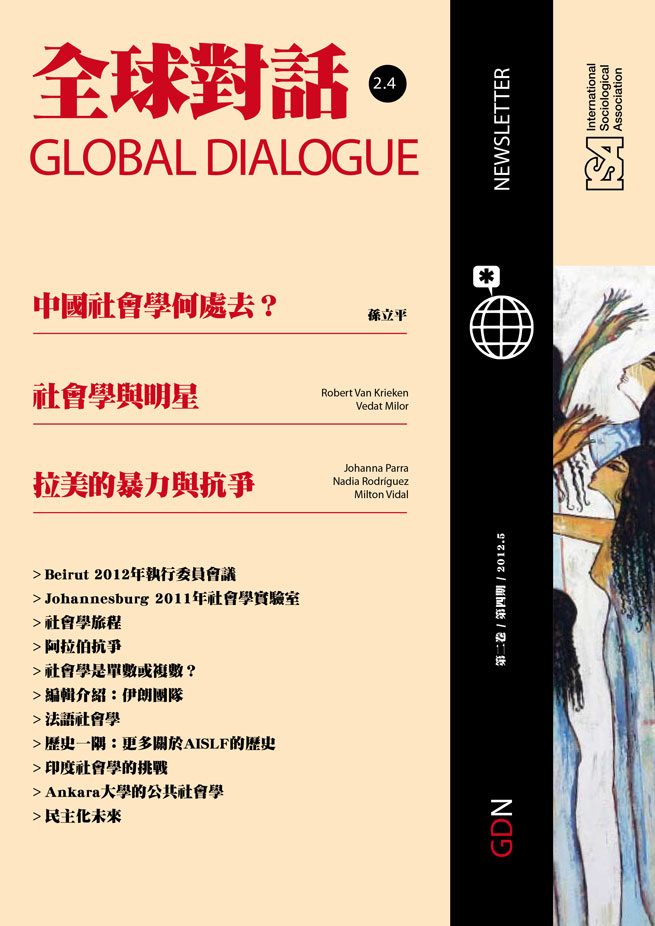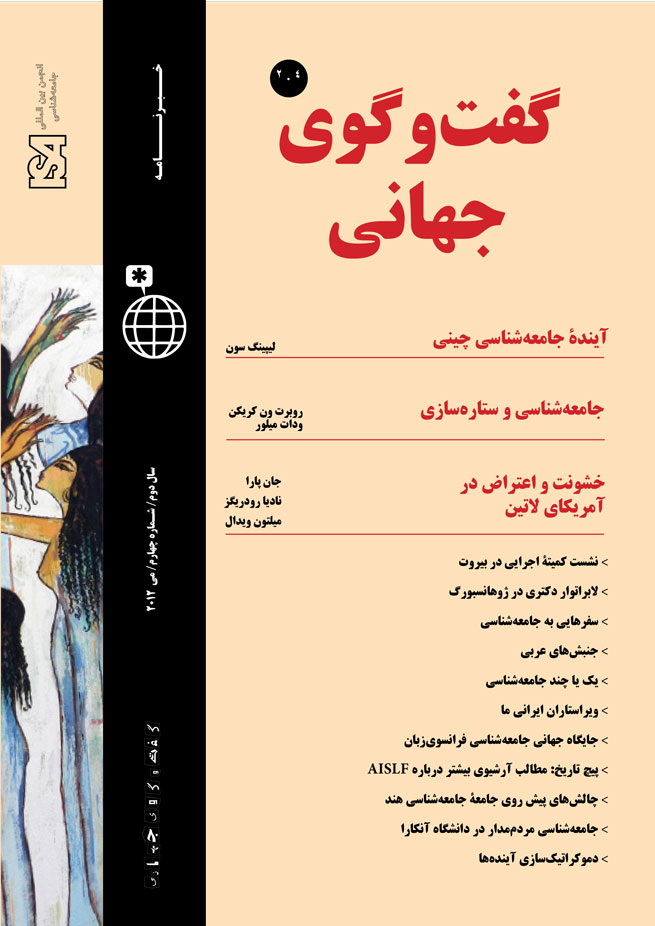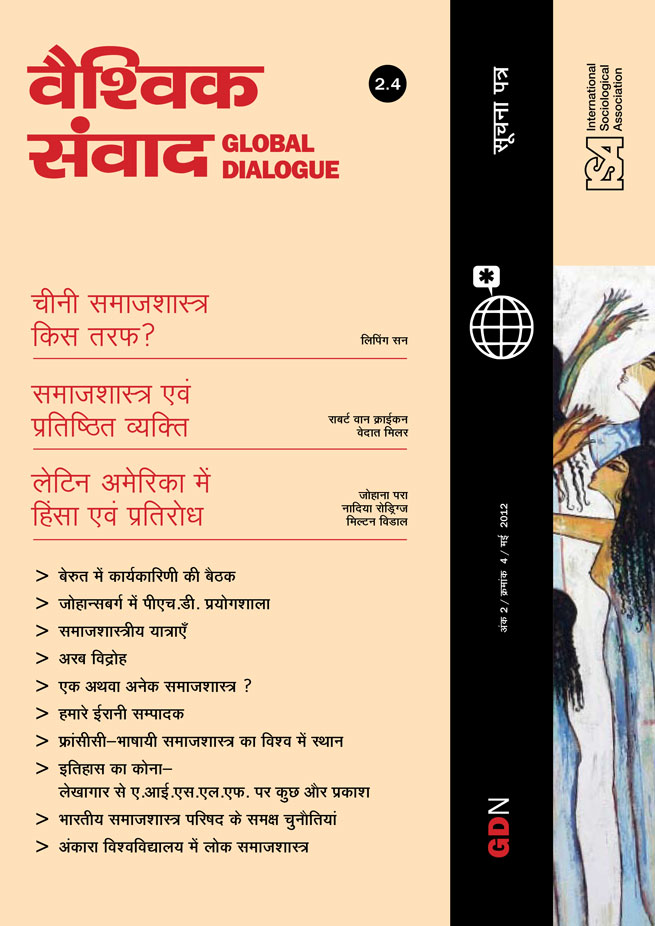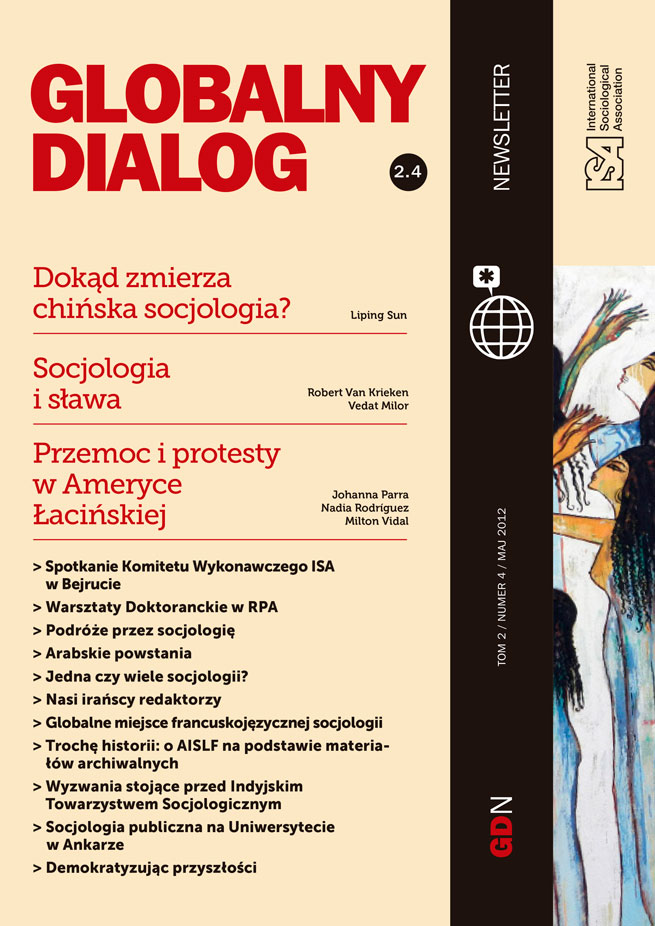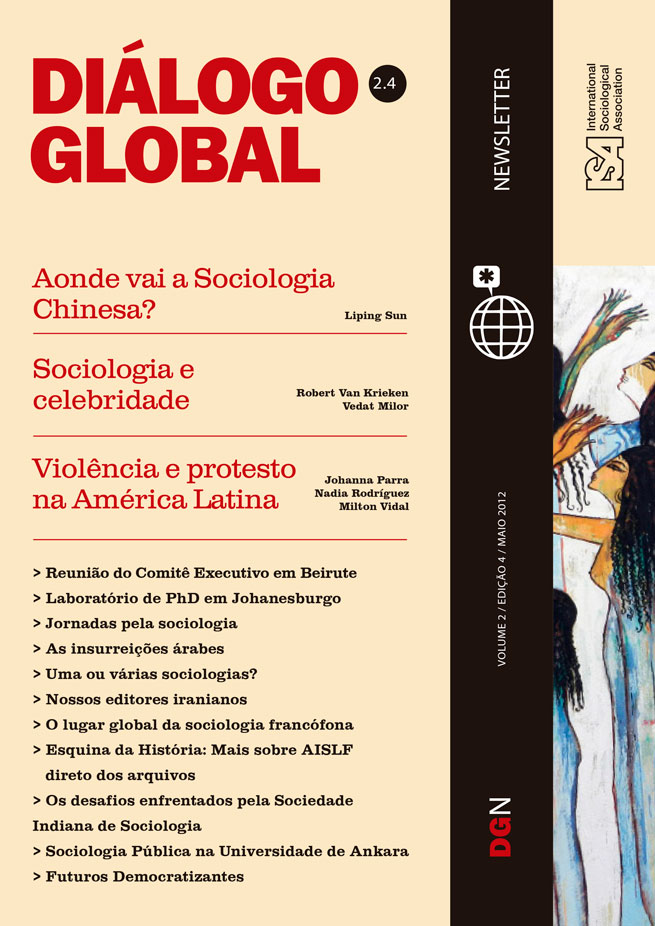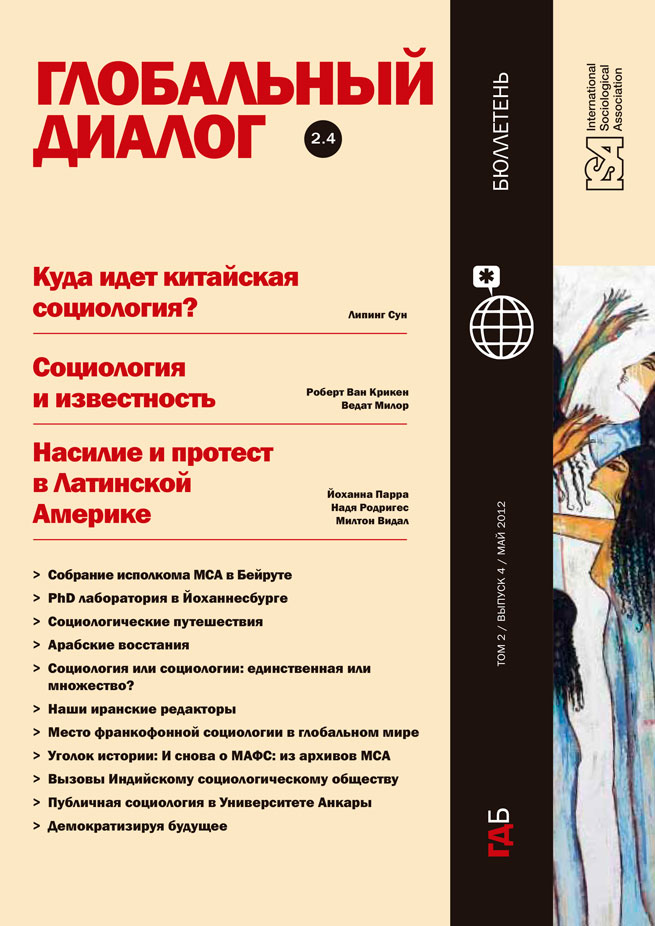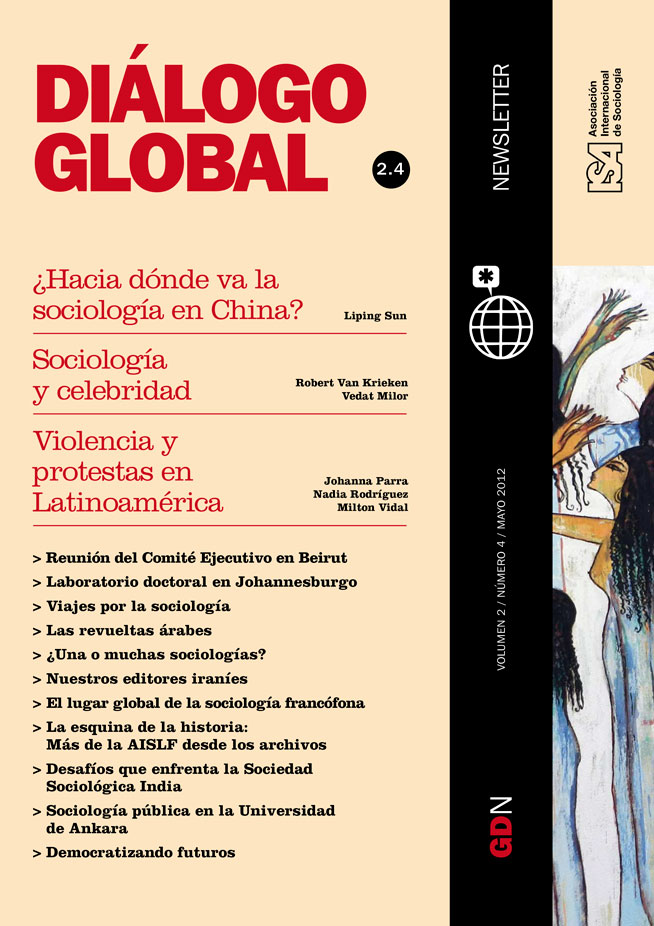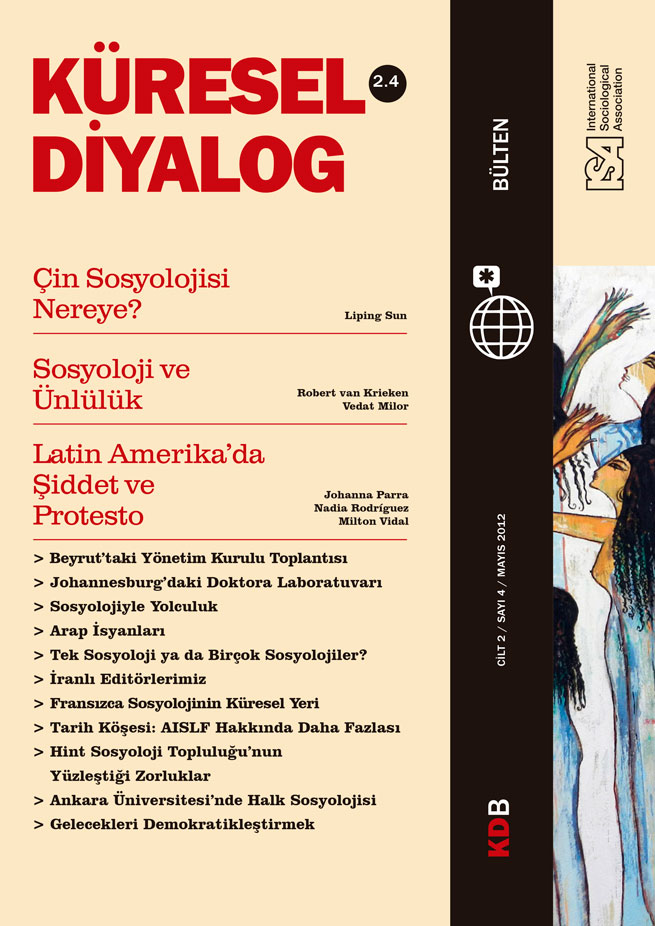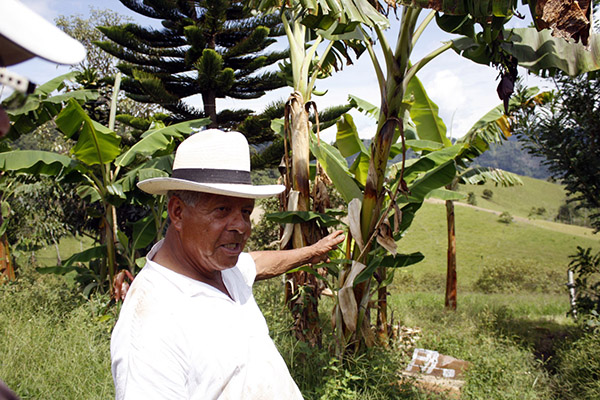Read more about Violence and Protest in Latin America

The Violence of Emeralds
by Johanna Parra
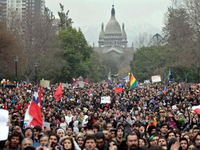
The Student Movement in Chile
by Milton L. Vidal
July 31, 2013
Controversy over land restitution in Colombia began with the passing of Law 1448, also known as Law of Victims, on June 10, 2011. It was a historical milestone given the tremendous political, economic, social and legal challenges posed by land restitution and given the state’s explicit acknowledgement of armed conflict. In particular, chapter three establishes land restitution for peasants who were dispossessed of their land in the last two decades as part of the ongoing armed conflict that has affected Colombia for the last 50 years. The chapter is controversial because the government strongly supports it, which could be read as an attempt to make up for 50 years of neglecting this matter. Despite all efforts, there have been numerous obstacles to implementing the law.
The matter of land restitution in Colombia must be understood in light of the high concentration of land ownership, one of the main problems faced by rural development. Several analysts argue that this is not only the basis for deep economic, political and social inequalities; it is also one of the main sources of the bloody conflict in Colombia (Fajardo 2002, Machado 2009, PNUD 2011). Land concentration leads to a bimodal agrarian structure with the majority of productive land belonging to a small minority of economic and political elites[1]. This has been the dominant structure since colonial times and it has only worsened over time. After failed attempts of agrarian reform over the last century, especially in 1936 and 1961 (Molina, 2000: 36), armed groups emerged in the 1960s demanding land redistribution. Thus, large parts of rural Colombia are in a state of semi-permanent crisis in which legal and illegal actors wage a war for control over the territory, which has led to the systematic, violent and massive displacement of 4 million peasants. Thus, the challenge faced by institutions in charge of land restitution is of titanic proportions.
The situation is complex, both because of the legal limitations and because of the social context in which land restitution is to take place. The Center for Social Development Studies of the University of Rosario takes an interdisciplinary approach (combining law and social sciences) to understand the challenges of implementing the law. One part of this project undertakes research for the Unit of Legal Restitution[2] – research which revolves around five complex issues:
Finally, there is a broader structural political problem: the conflict between national and regional elites for control over the territory, involving the clash of economic interests in the exploitation of its natural resources above and below the soil. Emblematic cases of land restitution, such as Curbaradó, Jiguamindó or Hacienda Las Pavas, show that even if legal challenges are resolved, the power configurations at the local level could prevent land restitution from being carried out.
References
Fajardo, D. (2002) Para sembrar la paz hay que aflojar la tierra. Bogotá: Universidad Nacional de Colombia.
Machado, A. (2009) La reforma rural, una deuda social y política. Bogotá: Universidad Nacional de Colombia, CID.
Molina, P. (2000) “Reforma agraria? No es tan claro para qué el país la necesita.” Economía Colombiana 278: 34-7.
PNUD (2011) Colombia Rural: Razones para la esperanza. Informe de desarrollo humano 2011. Bogotá: INDH PNUD.
[1] The Gini index of land measures the degree of concentration of rural property. The closer the number is to one, the higher the concentration. At 0.87, the Colombian index is among the highest in the world.
[2] This is the Institution created by the law to carry out land restitution. It existed previously as the Program for the Protection of Land and Dispossessed People (PPTP), yet it had different dynamics, goals and had none of the political or legal support that the Unit has today.
Nadia Margarita Rodríguez, University of Rosario, Bogotá, Colombia
This issue is not available yet in this language.
Request to be notified when the issue is available in your language.
If you prefer, you can access previous issues available in your language:

